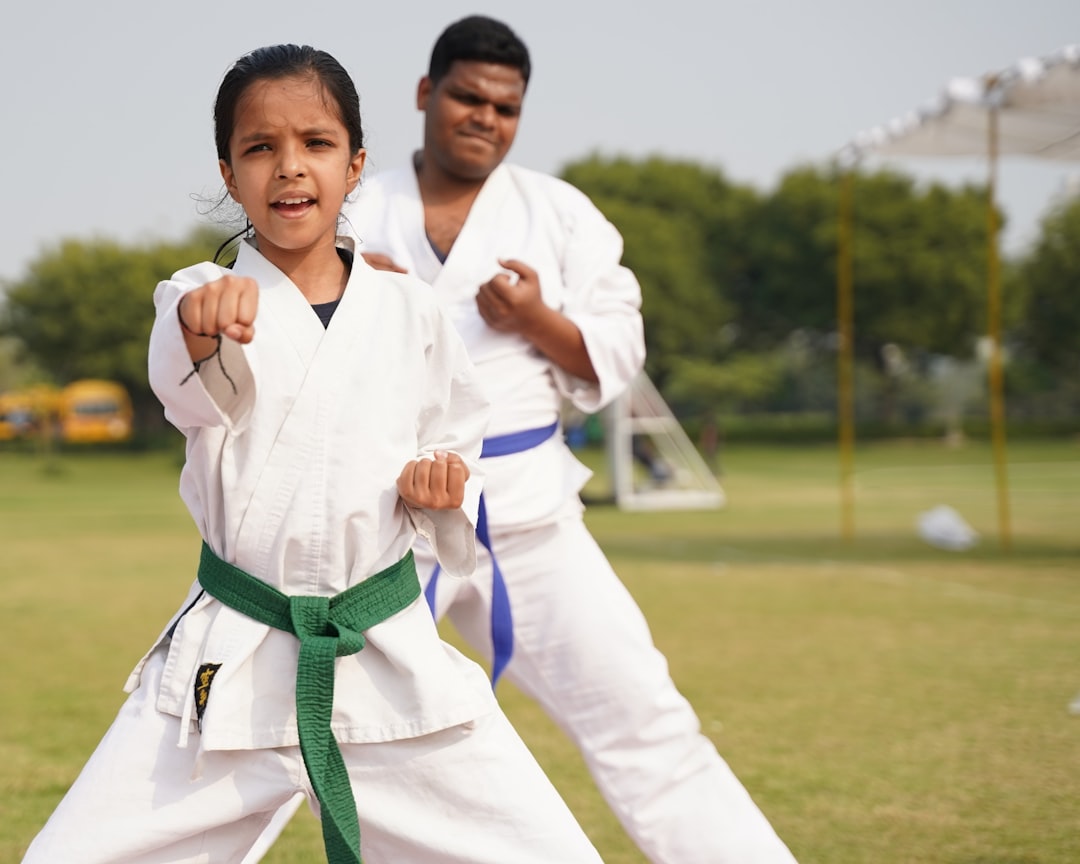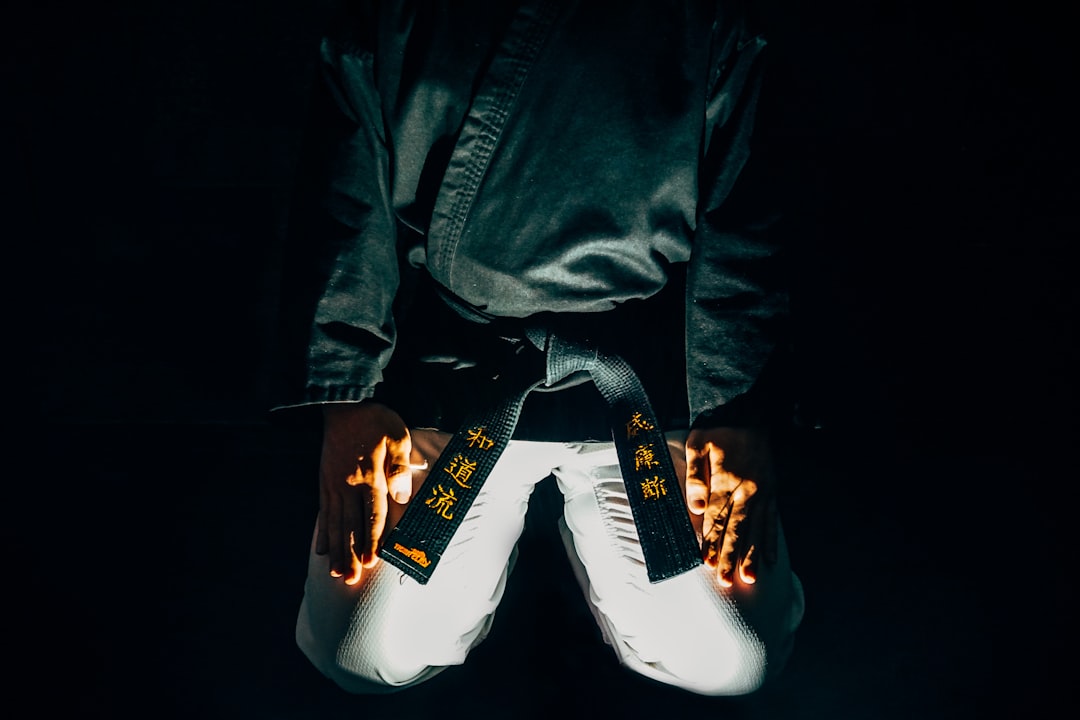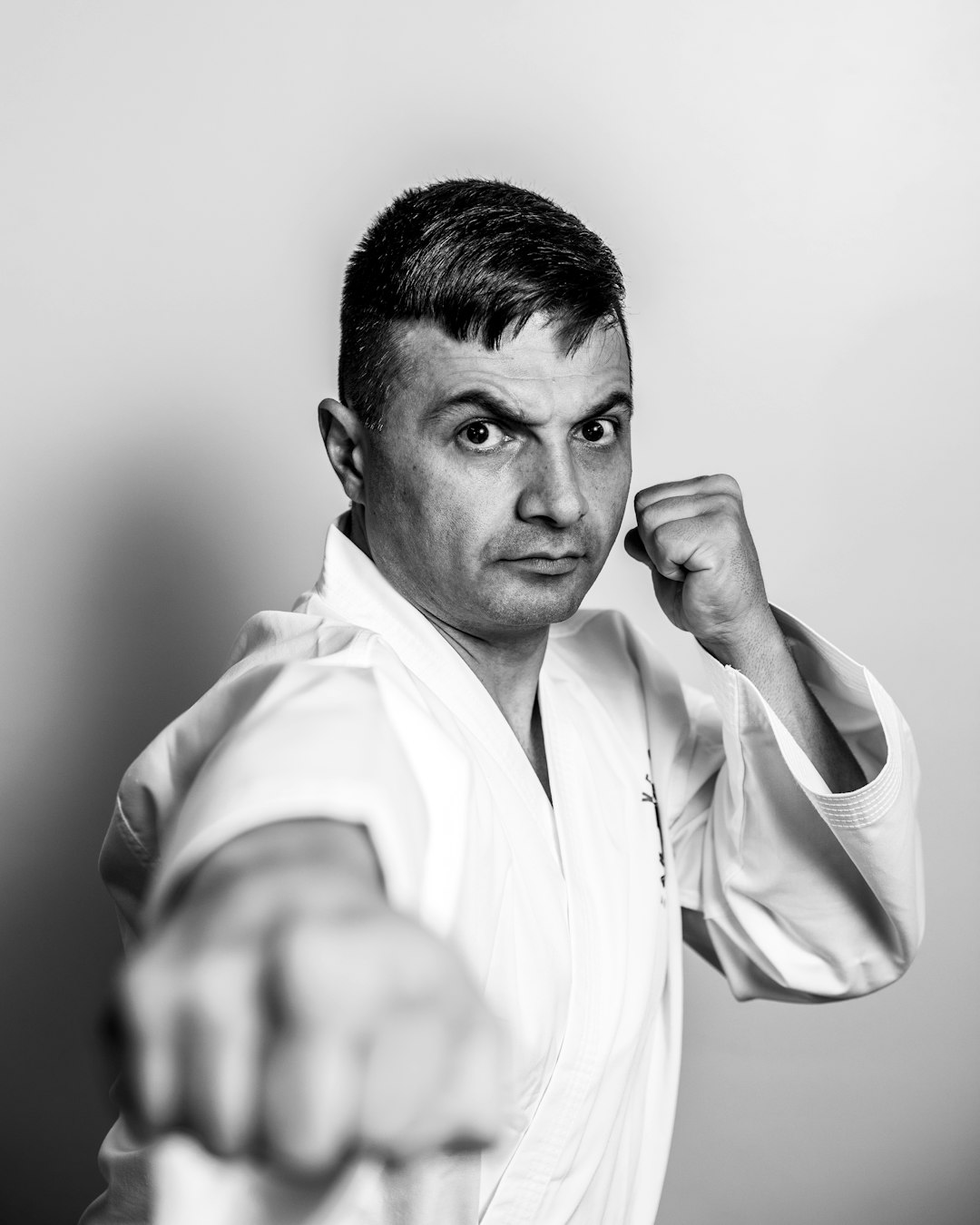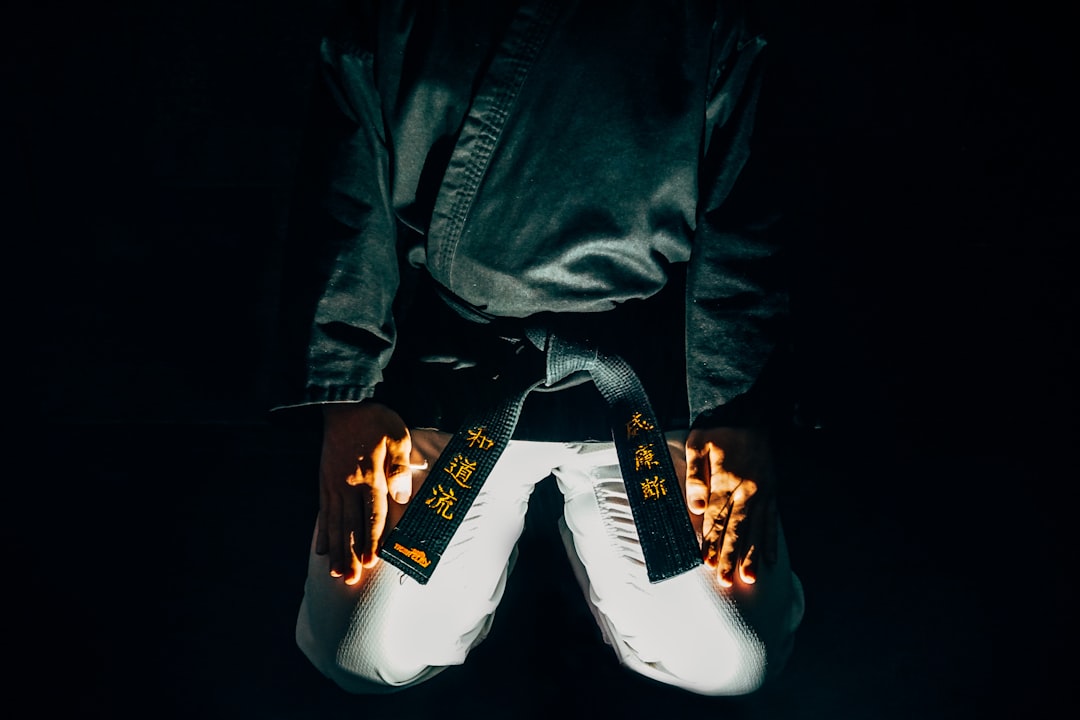The karate outfit, or gi, is a pivotal piece of equipment for martial artists, offering comfort, flexibility, and protection during practice and competition. Historically simple, traditional attire included gi and hakama pants designed for functionality; today, these garments have evolved to incorporate specific cuts and materials for enhanced performance in sparring. The uniform symbolizes humility, perseverance, and respect—core values of karate—and its colors indicate skill level. Modern designs prioritize aesthetics and performance while maintaining the traditional significance of the karate outfit, balancing antiquity with contemporary athletic needs.
Karate Outfit Called: Unraveling the Essential Gear
The karate outfit, or doji, is more than just clothing; it represents a cultural heritage and a symbol of dedication and discipline. This article delves into the rich history and evolution of karate attire, exploring its traditional roots and modern adaptations. From the gi to the obi, protective gear to footwear, we’ll guide you through the key components that make up a karate outfit, offering insights into selection, ranking symbolism, and personal customization. Discover the significance behind the uniform as we explore what the karate outfit is truly called—a canvas for skill, tradition, and self-expression.
- # Karate Outfit Called: Unraveling the Essential Gear
- 1. The Historical Context: Traditions and Evolution
- – A brief history of karate and its cultural significance.
- – Traditional karate attire and its symbolic meanings.
- – Changes over time: Modern karate outfit vs. ancient traditions.
# Karate Outfit Called: Unraveling the Essential Gear

The karate outfit called “gi” is a fundamental piece of equipment for practitioners of this martial art. This traditional garment consists of a cotton jacket and pants, designed to provide comfort, flexibility, and protection during training sessions and competitions. The gi’s fabric allows for ease of movement, crucial for executing complex techniques effectively.
When selecting a karate outfit called gi, one must consider factors like fit, material quality, and durability. Properly sized gi ensures optimal performance during intense workouts. High-quality materials not only enhance the garment’s longevity but also contribute to improved grip and comfort, answering the question: “What makes a good karate gi?”
1. The Historical Context: Traditions and Evolution

The karate outfit has evolved significantly since its early beginnings in Japan, reflecting the discipline’s growing global popularity and cultural exchange. Historically, traditional karate attire was simple, often consisting of a loose-fitting cotton uniform known as a gi (or keikogi) and tailored pants called hakama. These garments were designed for functionality during training, allowing for ease of movement and protection against injuries. Over time, the gi became standardized, with specific cuts, stitching, and materials to facilitate grip and control during sparring matches.
The evolution of karate attire also reflects broader societal changes. As karate gained recognition as a sport and martial art worldwide, standards for uniforms began to standardize, adopting elements from both traditional Japanese attire and modern athletic wear. Today, the karate gi is recognized globally as the standard uniform for competitive karate, preserving traditions while accommodating the needs of athletes engaged in high-intensity physical activity.
– A brief history of karate and its cultural significance.

Karate, meaning “empty hand” in Japanese, has its roots in ancient Okinawa, an island chain off Japan’s southern coast. This martial art evolved over centuries, blending various fighting styles from China and incorporating indigenous techniques. The Okinawan people developed karate as a practical means of self-defense, emphasizing efficiency and effectiveness in close-quarters combat. Over time, karate became deeply intertwined with Okinawan culture, reflecting its values of discipline, humility, and respect.
The uniform worn by karate practitioners is known simply as the karate outfit, or gi in Japanese. This modest attire consists of a cotton jacket (dobori) and pants (fubuki), allowing for unrestricted movement while providing protection during intense training sessions and competitions. The gi serves not only as functional clothing but also symbolizes the wearer’s commitment to the martial art, embodying the principles of karate itself: humility, perseverance, and respect.
– Traditional karate attire and its symbolic meanings.

Traditional karate attire, often referred to as the karate outfit, is more than just clothing; it symbolizes the wearer’s commitment, discipline, and respect for the martial art. The uniform, usually consisting of a cotton gi (a loosely fitting garment) and a belt (called an obi), comes in various colors with each shade indicating different levels of skill and ranking within karate. For instance, white or light-colored gis are typically worn by beginners, while darker colors signal advanced practitioners.
The karate outfit also represents modesty, humility, and readiness for training. The gi’s simplicity allows practitioners to focus on their movements and techniques without distraction from elaborate designs or flashy accessories. Wearing the proper attire instills a sense of tradition and camaraderie among karateka (practitioners of karate), fostering an environment conducive to learning and growth in this ancient martial art form.
– Changes over time: Modern karate outfit vs. ancient traditions.

The karate outfit has undergone significant changes since its ancient origins. Historically, traditional karate practitioners wore simple clothing that allowed for ease of movement and flexibility, such as loose-fitting pants and tunics made from cotton or silk. These garments were often dyed in earthy tones to blend with the natural environment during training sessions in remote areas. In contrast, modern karate outfits, like Gi (a uniform consisting of a jacket and pants), have become standardized across various karate styles and disciplines. This change is largely due to the evolution of karate from an informal martial art practiced in island communities to a globally recognized sport, with rules and regulations that necessitate specific attire for uniformity and safety.
The modern karate outfit serves multiple purposes: it identifies practitioners as members of a particular school or style, distinguishes between different age groups and belts, and ensures freedom of movement during intense physical activities. Unlike ancient traditions that focused on practicality and functionality, contemporary karate outfits emphasize both aesthetics and practicality, with well-designed materials that aid in performance and comfort during rigorous training sessions and competitions.
The modern karate outfit, though streamlined from its ancient roots, still carries symbolic weight, reflecting the discipline and heritage of this martial art. From the traditional kimono to the contemporary gi and dobok, each element serves a purpose, enhancing performance while preserving the rich history of karate. Understanding the evolution of the karate outfit provides insight into the dynamic nature of this global combat sport and its enduring cultural impact.
